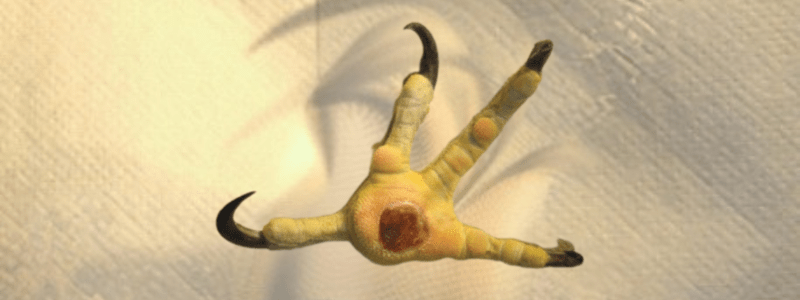
Bumblefoot in Falcons: Causes, Treatment, and Prevention
Share
What is Bumblefoot?
Bumblefoot is a common foot infection affecting falcons, particularly those used for hunting, such as the Peregrine, Saker, and Gyrfalcon. The severity of the condition depends on the duration and underlying causes of the infection.
Causes of Bumblefoot in Falcons
Contributing Factors:
- Lack of Training and Exercise: Reduced blood circulation to the feet, especially during molting season, can lead to tissue damage.
- Exposure to Bacteria and Fungi: Pathogens can be found in bird droppings or soil.
- Poor Nutrition: Feeding falcons low-quality meat lacking essential vitamins and minerals.
- Dehydration and Skin Cracking: Due to insufficient water intake or underlying illnesses.
- Injuries and Bruises: Cuts, fractures, or joint inflammation force the falcon to rely on one leg, increasing pressure on the healthy foot.
- Overgrown Talons: This can cause:
-
- Excessive pressure on the foot pad instead of the toes.
- Wounds on the bottom of the foot when gripping prey, increasing the risk of bacterial or fungal infections.
- Improper Perches: Hard surfaces or sharp protrusions can lead to foot injuries.
- Unclean Equipment: Contaminated perches and jesses expose the falcon’s feet to bacteria and fungi.
- Excessive Weight Gain: Particularly during molting season.
- Lack of Sunlight Exposure: Especially during the molting season.
Types of Bumblefoot
Bumblefoot can be classified into five stages based on severity. Symptoms vary depending on environmental factors such as humidity, temperature, nutrition, and the tools used in falcon care.
Preventing Bumblefoot in Falcons
- Proper Nutrition: Providing high-quality meat rich in essential nutrients, vitamins, and minerals.
- Using Suitable Perches: Perches should be covered with soft rubber, tartan material, or leather.
- Maintaining Optimal Weight: Keeping the falcon at its ideal weight during training and hunting seasons.
- Increasing Exercise and Flight Training: To enhance blood circulation and strengthen foot tissues.
Treatment Based on Severity
Mild Cases:
- Apply antibiotic ointments twice daily until the damaged skin heals.
Moderate Cases:
- Administer antibiotics and anti-inflammatory medications for 10 days until the swelling subsides.
Advanced Cases:
- Use antibiotic treatments to eliminate infections.
Severe Cases Requiring Surgery:
- Antibiotics should be given before surgery to treat infections, and pain relievers can be used to reduce swelling.
The Importance of Timely Treatment
Ignoring bumblefoot can lead to severe complications, affecting the falcon’s ability to hunt and fly. Providing prompt and appropriate treatment ensures the falcon’s health and peak performance.
📌Explore our store for premium falcon care products!
Album of Images:






